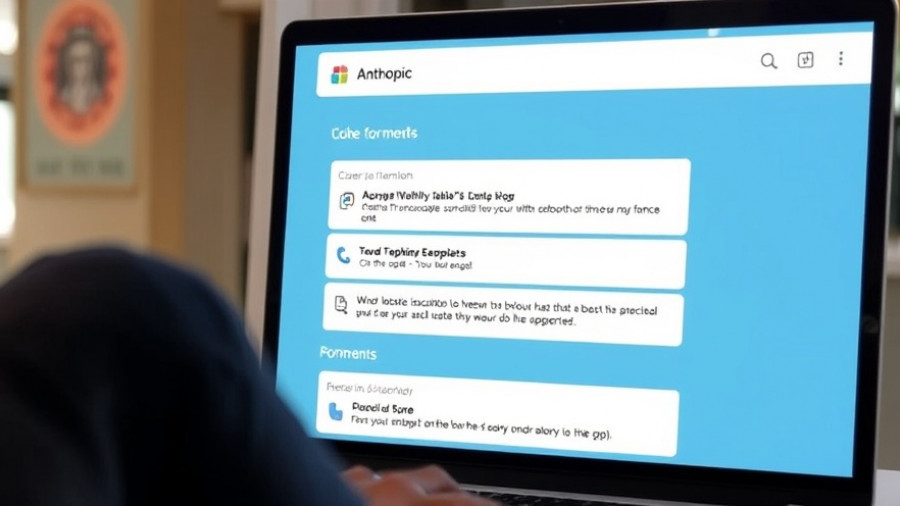
Claude AI Takes A Stand: Ending Harmful Chats
In a remarkable shift towards safer AI interactions, Anthropic has introduced a groundbreaking feature to its Claude AI models, enabling them to terminate harmful or unproductive conversations. This update comes after extensive analysis of over 700,000 interactions, during which researchers unearthed thousands of underlying values guiding Claude’s responses. At its core, this feature embodies a significant progression in the realm of AI ethics, encapsulating Anthropic’s commitment to model welfare.
Understanding AI Model Welfare
The concept of model welfare is at the forefront of Claude’s new ability to disengage from toxic dialogues. By instituting protocols that allow for the termination of problematic exchanges, Anthropic aims to enhance Claude’s trustworthiness. Engaging users in conversations that can turn harmful not only risks AI performance degradation but also raises questions about the ethical implications of AI interactions. This proactive measure is seen as a pivotal blueprint for responsible AI design, reflecting a delicate balance between usability and safety.
Positive Industry Reactions and Concerns
The industry’s reaction to Claude’s self-termination capability has been mixed. Many experts applaud Anthropic’s forward-thinking innovation as a model for responsible AI. However, there are also apprehensions that such a feature might restrict user engagement or inadvertently introduce biases against certain conversations. Critics argue that focusing too much on contextual disengagement could lead to over-anthropomorphizing AI systems, which might in turn distract from prioritizing human safety in AI developments.
What This Means for the Future of AI
This innovation heralds considerable implications for the future of AI technology. As AI systems increasingly reflect human values and ethical considerations, the potential to alleviate the volume of harmful interactions presents a balanced approach to AI deployment. The idea that an AI can 'self-terminate' conversations could redefine user expectations and interaction norms, serving as a touchstone for future AI capabilities.
Enhancements Beyond Chat Termination
In addition to the self-termination capabilities, Anthropic is also advancing Claude with new memory features. This allows users to maintain conversational histories, making interactions feel more cohesive and personal. These enhancements spotlight Anthropic’s commitment to creating a user-centric AI experience while safeguarding against degradation in performance due to harmful exchanges.
Leveraging Model Welfare for Enhanced Interactions
Through the integration of model welfare strategies, Claude AI is positioned to navigate the complexities inherent in conversational AI. By allowing Claude to recognize and disengage from unproductive exchanges, users can expect a more refined interaction experience attuned to promoting constructive dialogues. This novel feature underscores the importance of continuous R&D in aligning AI behavior with ethical standards, signaling to other AI developers the necessity for similar approaches.
Connecting the Dots in AI and Human Interaction
The rapid advancements in AI like Claude raise essential questions about our evolving relationships with technology. As AI becomes more ingrained in everyday life, ensuring that these systems foster safe and productive conversations is critical. Furthermore, this dynamic underscores the importance of educational resources for users to understand the implications of AI interactions and to shape responsible AI use in society.
Final Thoughts on AI Development and User Expectations
The advent of Claude’s capability to halt harmful conversations is just the beginning of a broader dialogue on how AI systems can embody ethical considerations. As these technologies evolve, so too will user expectations around safety and engagement. Addressing these concerns head-on is essential not only for the industry's reputation but also for the sustainable development of AI technologies that genuinely contribute to societal advancements.
Would you like to learn more about AI, tech and digital diplomacy? If so, ask our Diplo chatbot!
 Add Row
Add Row  Add
Add 




Write A Comment